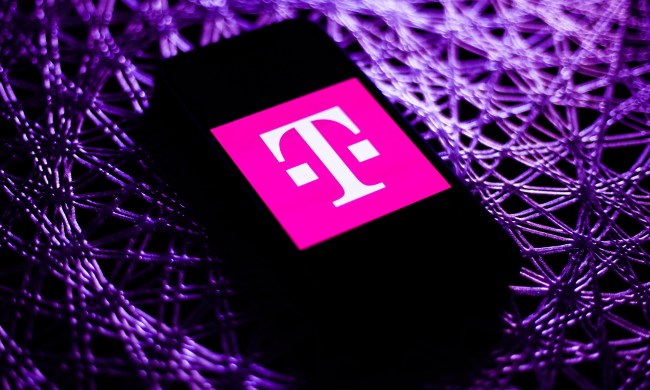
T-Mobile CEO John Legere claimed in February that his firm had unseated Sprint from its third-place perch, and now Sprint’s Q2 earnings report provided empirical evidence. Head of Sprint Marcelo Claure said the cell service provider’s gain of 675,000 new connections bolstered its ranks to 56.8 million. T-Mobile, according to its June 30 numbers, has reached a total of 58.9 million subscribers.
News of the upset comes on the heels of better-than-expected T-Mobile earnings. Analysts predicted Q2 profit of 18 cents per share, a number the carrier handily beat with a profit of $361 million or 42 cents per share. Revenue was $8.2 billion, up about 14 percent year over year.

Despite the second quarter’s turn of events, though, Sprint’s hardly down for the count. Q2 showed improvement for the struggling incumbent, which shed 620,000 postpaid customers in the same period a year ago. Since those losses, Sprint has revamped its own plan pricing and has introduced benefits like the $70 a month “iPhone for Life” leasing service, changes which might’ve contributed to the second quarter’s record low churn rate of 1.56 percent.
Sprint’s financials are on the rise as well. Its Q2 loss — $20 million — was less than market researchers were predicting. And the cell provider now expects to earn between $7.2 and $7.6 billion this year, up from an earlier estimate of $6.5 and $6.9 billion.
“Over the past year, Sprint has made meaningful progress in our turnaround by improving our network performance and enhancing our overall value proposition,” said Claure in a statement. Sprint chairman Masayoshi Son expressed similar confidence in the carrier’s direction.
If this past quarter was indeed indicative of a turnaround for Sprint, expect it and T-Mobile to trade blows in the months to come … assuming, of course, that Dish Network doesn’t have other plans.


